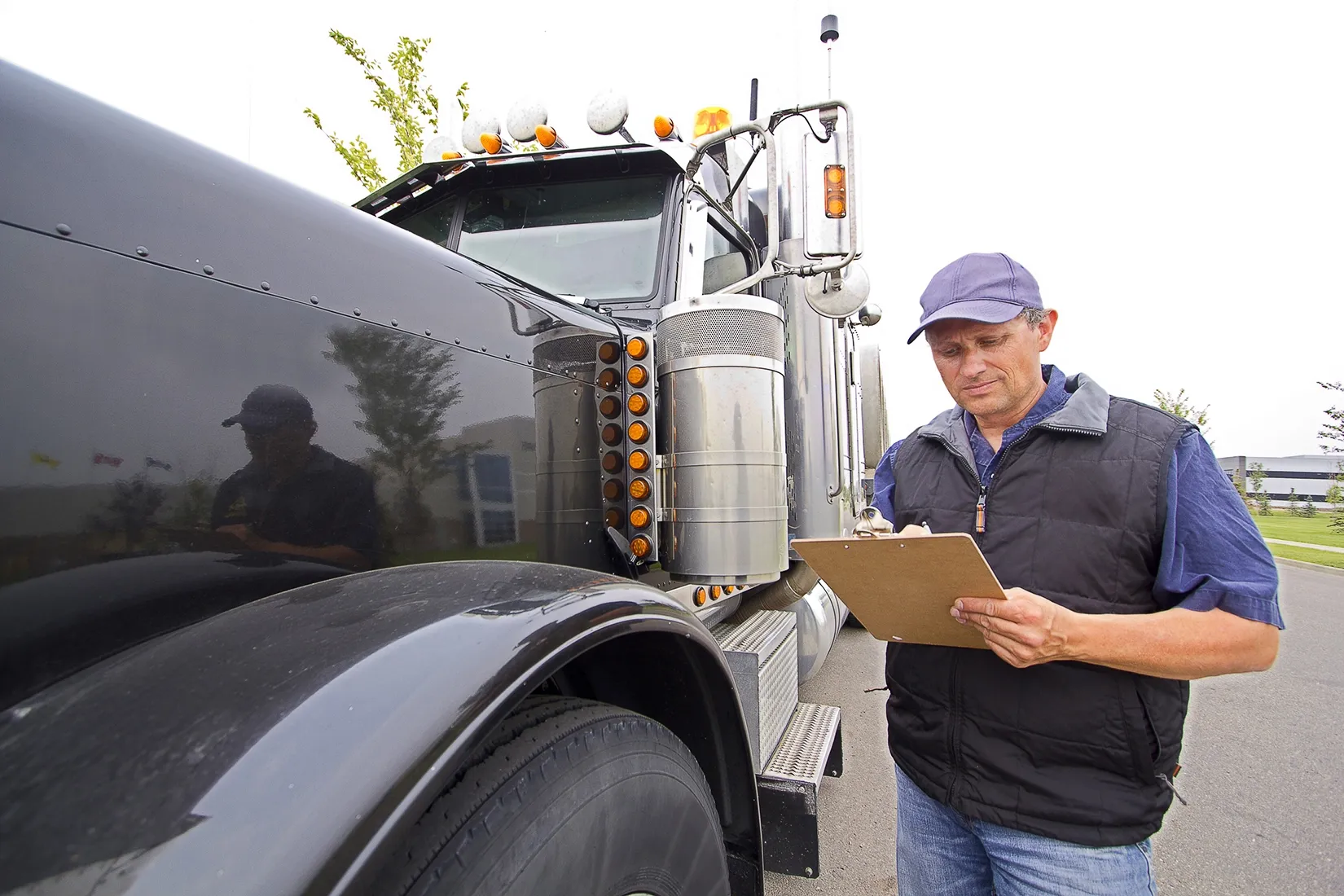From Paperwork to Pixels: Digital Customs and the Future of Border Clearance in International Logistics

In today’s rapidly evolving global supply chain, transitioning from traditional, paper-based customs procedures to digital customs systems represents not just innovation but necessity. As trade volumes soar and e-commerce expands globally, the demand for faster, more secure, and transparent border clearance has never been higher.
The Paper Trail Problem
For decades, international shipping has relied on a patchwork of manual documentation—commercial invoices, packing lists, certificates of origin, and customs declarations. These paper-based systems have long been vulnerable to human error, fraud, and delays. Each misplaced document or incomplete form could add hours, if not days, to a shipment’s journey, costing businesses both time and money.
Digital Customs: More Than Just an Upgrade
Digital customs systems leverage technologies such as cloud computing, AI, and blockchain to streamline and secure the customs clearance process. These systems allow for real-time data exchange between traders, freight forwarders, and customs authorities, reducing manual intervention and improving compliance. For instance, electronic Single Window platforms enable businesses to submit all import/export information through one portal, drastically cutting bureaucracy.
Enhancing Security and Transparency
Digital systems accelerate procedures and improve risk assessment and detection. AI-driven analytics can flag suspicious shipments, while blockchain ensures that data entries are immutable and traceable, thereby reducing fraud. This level of transparency enhances trust among stakeholders and strengthens border security.

Key Benefits of Customs Digitalization
The digitalization of customs processes brings a wide range of benefits that significantly enhance the efficiency and reliability of international logistics. Key advantages include:
- Faster clearance times. Automation reduces processing time at borders, allowing shipments to move more quickly.
- Cost reduction. Minimizing paperwork and manual interventions lowers administrative and operational costs.
- Improved accuracy. Digital forms and integrated systems reduce human error and ensure data consistency.
- Real-time tracking. Stakeholders gain visibility into shipment status and customs stages in real time.
- Enhanced compliance. Built-in validation tools help ensure regulatory requirements are met automatically.
- Fraud prevention. Technologies like blockchain create immutable records that protect against tampering and fraud.
- Data analytics. Access to digital data enables better forecasting, trend analysis, and risk management.
- Interoperability. Systems can connect across countries and agencies, creating seamless trade corridors.
- Sustainability. Going paperless supports environmental goals by reducing paper use and waste.
These cumulative benefits make digital customs not just a technological upgrade but a strategic enabler of global trade efficiency.
Toward Seamless Global Trade
Governments and international bodies like the World Customs Organization (WCO) are increasingly prioritizing digital transformation. Programs such as the WCO’s SAFE Framework and the WTO’s Trade Facilitation Agreement advocate for streamlined, interoperable customs procedures. Countries embracing these reforms have reduced clearance times, lower costs, and higher trade volumes.
The Road Ahead
Despite the clear benefits, challenges remain, especially for developing nations with limited infrastructure or digital literacy. Cybersecurity, interoperability between different national systems, and the need for harmonized standards are ongoing hurdles. Nevertheless, the direction is clear: the future of border clearance is digital, and those who adapt will lead the next chapter of global trade.
